Greenhouse farming in Jharkhand is becoming an important option for farmers as the state has become a major producer of crops. Unlike traditional farming, greenhouse farming allows farmers to produce multiple crops simultaneously in a controlled environment, which leads to increased yields and reduced production costs.
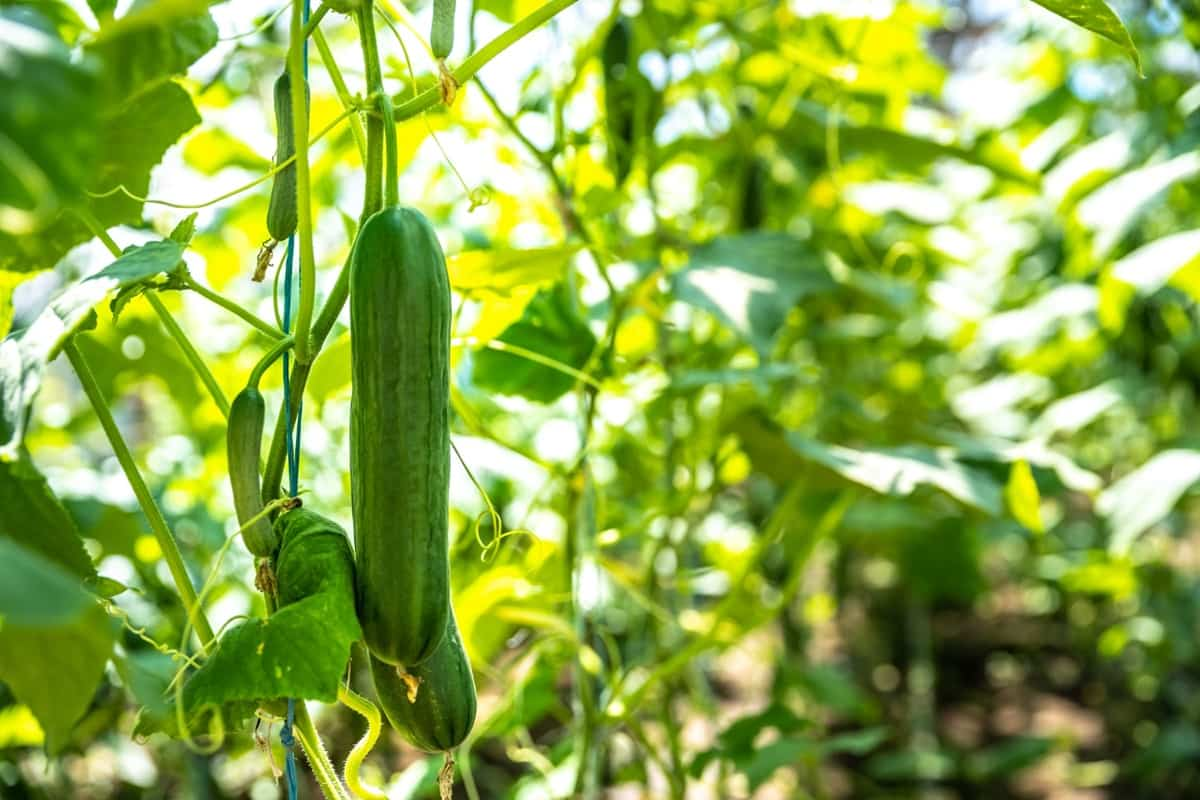
How to Start Greenhouse Farming in Jharkhand
What is Greenhouse Farming?
It is a type of agriculture that uses a controlled environment to produce crops. Greenhouse farming is the fastest-growing type of agriculture and is expected to grow by six percent per year. The main advantage of greenhouse farming over other types of agriculture is that it can produce crops in areas unsuitable for traditional farming, such as in cold climates or high altitudes. Greenhouses use natural light and heat to give plants the nutrients and climate control needed for successful growth.
Greenhouse Vegetable Production in Jharkhand
- Greenhouse vegetable production has gained popularity in recent years owing to its advantages in high yield, quality, consistent crop production, and resistance to common pests and diseases. Jharkhand is a good location for greenhouse vegetable cultivation due to its ample sunlight, warm climate, and rich soil.
- Crops suitable for greenhouse cultivation in Jharkhand include Tomatoes, Cucumbers, Eggplants, Peppers, Okra, Beans, Peas, Sweet Potatoes, and Melons. The state provides a subsidy of Rs. 1 crore per annum for greenhouse vegetable crops. Loans are available from various banks and financial institutions for setting up greenhouses.
Benefits of Greenhouse Farming in the Jharkhand
- A greenhouse is a type of farming that uses artificial lights to produce plants in warm, controlled conditions.
- Greenhouse farming is a growing industry in India, and Jharkhand is a leading state in the country regarding greenhouse production.
- Crops can be grown year-round, which leads to increased production.
- Acreage can be increased due to the use of greenhouses.
- The cost of setting up a greenhouse is lower than traditional farming methods.
- Greenhouses can receive government subsidies and loans.
- It uses less land than traditional farming methods.
- It reduces pollution because there is no need for plowing or other land use practices that release methane, carbon dioxide, and other pollutants into the atmosphere.
- It increases crop production by allowing farmers to grow crops in locations where they would not be able to otherwise due to weather conditions.
- It allows growers to experiment with new crop varieties and cultivars that may not be possible to grow outside because of weather conditions or location.
- The state has a warm climate that allows for the year-round cultivation of crops.
- Jharkhand has heavy rainfall, which makes it ideal for agriculture.
- The state has a good agricultural infrastructure and ample irrigation facilities.
- The state offers various subsidies and loans for farmers who want to start or expand their greenhouse farms.
In case you missed it: How to Start Organic Farming in Jharkhand
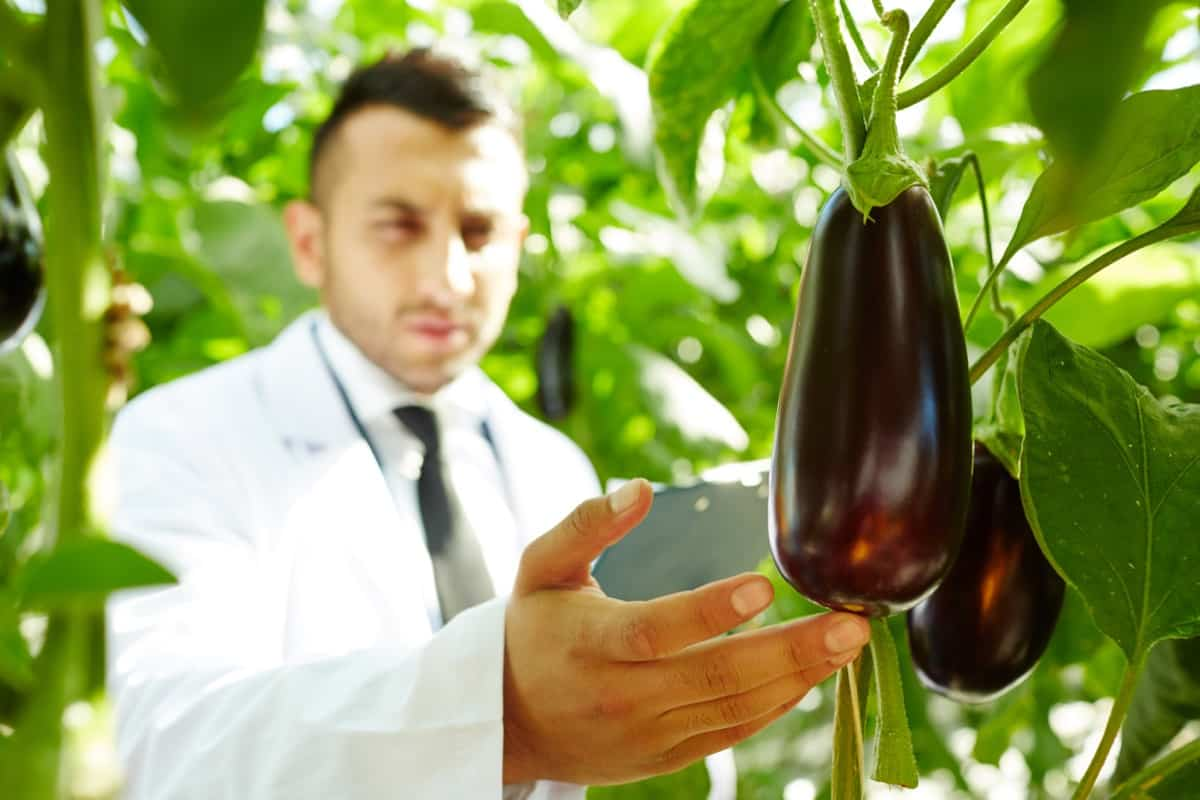
Is Greenhouse Farming Profitable in Jharkhand
- Greenhouse farming is increasingly popular in Jharkhand because it can provide farmers with high yields in a climate-controlled environment. Jharkhand is a good choice for greenhouse farming because of its ample rainfall and temperate weather.
- Greenhouse farming can be a lucrative venture if done correctly. The main expenses associated with this type of agriculture include capital investment for equipment and construction of the greenhouse, pesticides and fertilizers for crops grown inside the structure, electricity bills for running lights and ventilation systems, and marketing costs for selling products directly to consumers.
- The goal of greenhouse farming is to cultivate plants in a controlled environment, which increases production and reduces the need for inputs. Depending on the crop, a greenhouse can range from an individual room to an entire farm.
- Greenhouse farming has become an increasingly popular crop option due to its many benefits, including increased crop yields and decreased reliance on rainfall or irrigation.
In case you missed it: How this Farmer Earning 35 Lakhs from His Capsicum Farm: A Success Story of a Bell Pepper Polyhouse Farmer in India
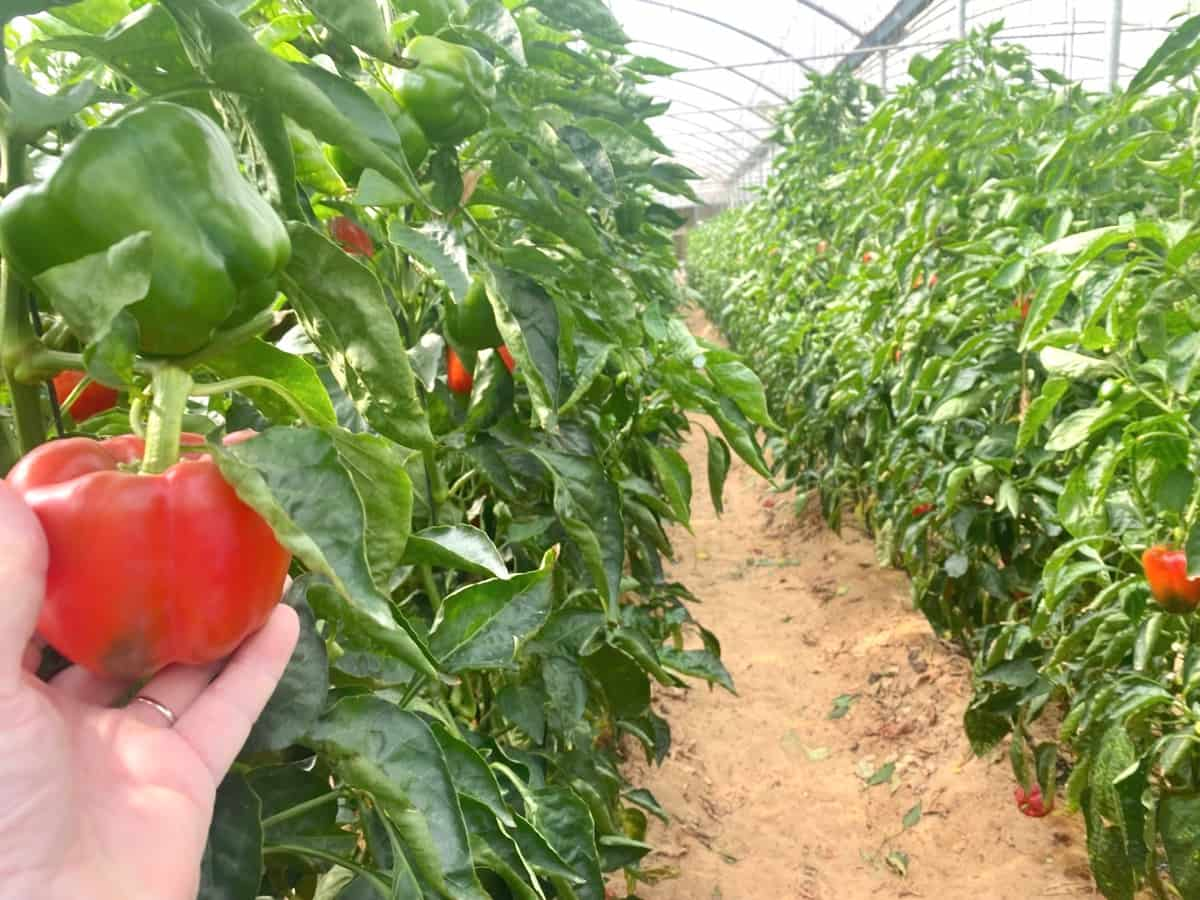
How Does Greenhouse Farming Work?
- Greenhouses allow growers to control the environment around plants, which encourages them to produce more food.
- Greenhouse farming in Jharkhand works a little differently than traditional farming. Instead of using open fields, greenhouse farmers in Jharkhand use acreage enclosed within high walls or fences. This limits exposure to the elements and allows growers to control the temperature and humidity levels within the greenhouse.
- Crops typically grown in greenhouses include fruits and vegetables, flowers, nursery plants, and ornamental trees and plants. The cost of constructing an acre-sized greenhouse in Jharkhand varies but can generally be financed through loans or government subsidies.
- Greenhouse farming has become popular in recent years as a more sustainable way to produce crops. The advantage of greenhouse farming is that it allows farmers to control the environment where their crops grow, which can be especially important in areas with limited sunlight or severe weather conditions.
Steps to Create Greenhouse Farming Business Plan in Jharkhand
1. Decide what crops you want to grow: Greenhouse farming is most successful with various crops because the plants interact and learn from each other. There are many options for crops in Jharkhand, so start by doing your research and choosing something that interests you.
2. Choose the right crop varieties: After determining which crops will be grown in the greenhouse, you next need to select the right varieties of these plants. Not all plants are suitable for growing in greenhouses; specific varieties of crops may require specialized care or exposure to specific conditions such as sunlight or humidity levels. In Jharkhand, there is great potential for greenhouse farming as the state has a warm climate that can support a variety of crops. In addition, Jharkhand provides ample rainfall and fertile soil, making it an ideal place to start a greenhouse farming business.
In case you missed it: How to Start Greenhouse Farming in Nagaland: Crops, 1 Acre Greenhouse Cost, Subsidy, and Loans
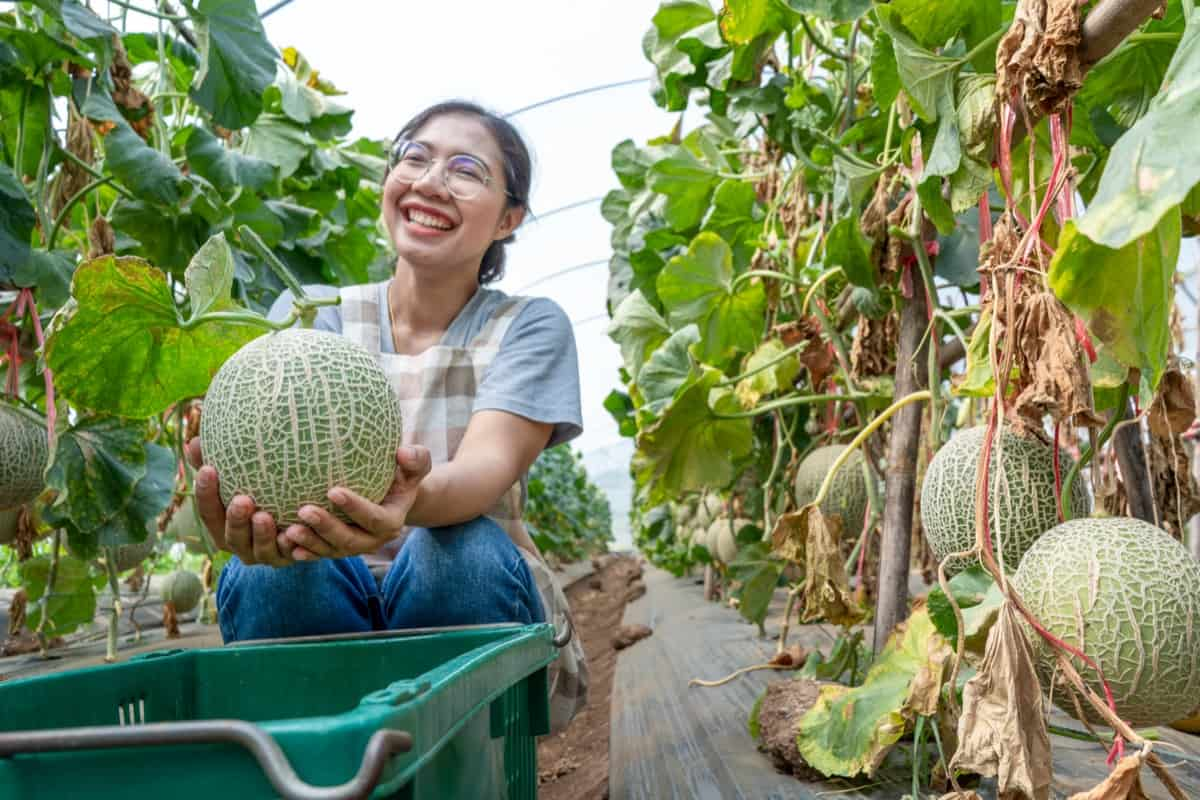
3. Calculate your greenhouse building costs: This includes things like the cost of the land, power, water, and any permits or licenses required. Once you have an estimate for these costs, add them to the total cost of your greenhouse building package.
4. Get financial assistance from government or private institutions: In Jharkhand, many government schemes and loans are available for greenhouse farmers. Check your local agriculture department or credit union for more information on available loans and grants.
5. Research the market potential for your crops: Before planting any crops in a greenhouse, you first need to assess their market potential. This involves conducting market research surveys and analysis to ascertain what types of crops are popular in the region and what prices people are willing to pay for them. Once you have determined this information, you can decide which crops will be most profitable to grow in a greenhouse.
Key Rules to Start Greenhouse Farming in Jharkhand
- It would help if you found an acre of land suitable for the greenhouse. Once you have selected a location, you will need to calculate the cost of building a greenhouse on that land. You can receive subsidies from the government for this expense.
- You can borrow money from banks or other lenders to help cover the construction cost. Once your greenhouse is up and running, it will require regular maintenance to keep it functioning properly. When planning your greenhouse farming venture in Jharkhand, plan for these costs.
- You will need to consult with an experienced greenhouse grower. A professional can help you choose the right type of greenhouse for your climate and growing needs, recommend the best crops for your region, and advise management techniques.
- Also important to calculate the necessary input costs for each crop. This includes costs associated with seeds, fertilizers, pesticides, and water.
- Some important government subsidies and loans are available for greenhouse farming in Jharkhand. These may include crop insurance schemes, rural credit development agencies, or agricultural sector development banks.
- It is important to ensure access to adequate sunlight and ventilation in your greenhouse; many growers install roof-mounted fans or use exhaust systems during hot weather. Regular watering is also important, as dehydration can affect crop growth.
Crops are Grown Under Greenhouses in Jharkhand
Greenhouse farming is a popular option in Jharkhand as it offers many benefits over traditional methods. The crops, which can be grown year-round, are protected from the elements and available at a much cheaper cost than if they were to be harvested outdoors. Several crops can be grown in a greenhouse, including vegetables, fruits, flowers, and herbs. Vegetables can include things like Tomatoes, Cucumbers, and Peppers. Fruits include things like Apples, Oranges, and Bananas. Flowers include things like Roses and Lilies.
In case you missed it: How to Build a Small Greenhouse from Scratch: Cheap Construction Ideas, Material Required, and Setup Cost
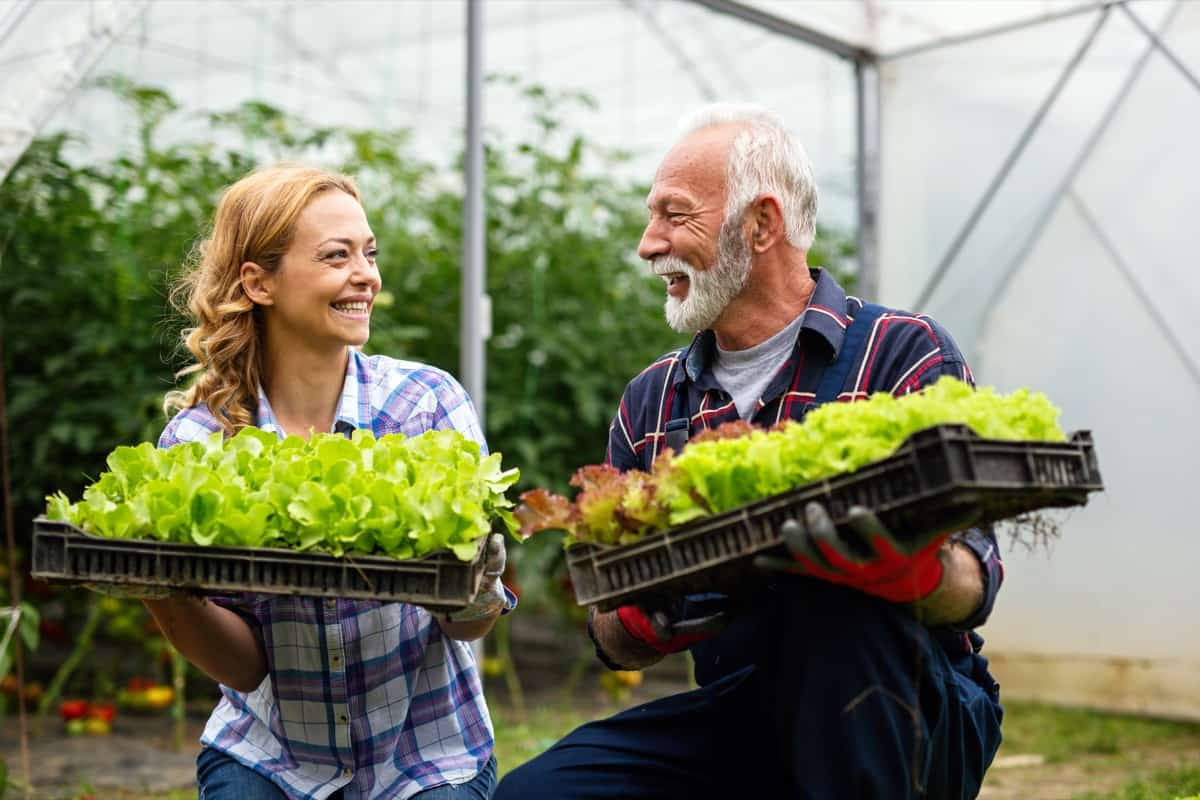
Before starting any farming business, it is important to clearly understand the crops grown and the processes involved in greenhouse farming. Additionally, it is necessary to create a business plan detailing the estimated costs and revenues of the farm. To start greenhouse farming in Jharkhand, you must acquire land through a purchase or lease agreement.
Are Greenhouse Farms Profitable in Jharkhand?
Greenhouse farming is an emerging technology in India that is being increasingly adopted for crop production. The main advantage of greenhouse farming is producing crops year-round under controlled conditions. In Jharkhand, greenhouse farming has the potential to increase food security and supplement dwindling irrigation sources due to the state’s hilly landscape. Greenhouse farming has the potential to increase food security and supplement dwindling irrigation sources due to the state’s hilly landscape.
Cost of a 1 Acre Greenhouse in Jharkhand
The cost of constructing a greenhouse depends on the size of the structure and the type of crop being grown. In Jharkhand, the average costs for constructing an acre-sized greenhouse range from Rs. 20 lakhs to Rs. 25 lakhs.
Can You Grow in a Greenhouse Crops Year-Round in Jharkhand?
There are many benefits to greenhouse farming in Jharkhand, including the ability to produce crops year-round. When growing plants in a greenhouse, there is no need for cold weather preparation, as the temperature inside the structure is constant. Additionally, because greenhouse farming allows you to control the environment and provide consistent temperatures and humidity levels, it’s an ideal method for cultivating delicate flowers and herbs.
Different Types of Greenhouse Farms in Jharkhand
- Small-scale greenhouse farmers typically have fewer than 10 hectares of land and use traditional methods such as row planting and natural sunlight.
- Medium-scale greenhouse farmers have between 10 and 25 hectares of land and use automated technologies such as drip irrigation and fertilizers.
- Large-scale greenhouse farmers have more than 25 hectares of land and use advanced technologies such as LED lights, climate control, and computerized monitoring systems.
In case you missed it: How to Stake Your Tomato Plants: With Simple Steps, Step-By-Step Process, Methods, and Different Ways
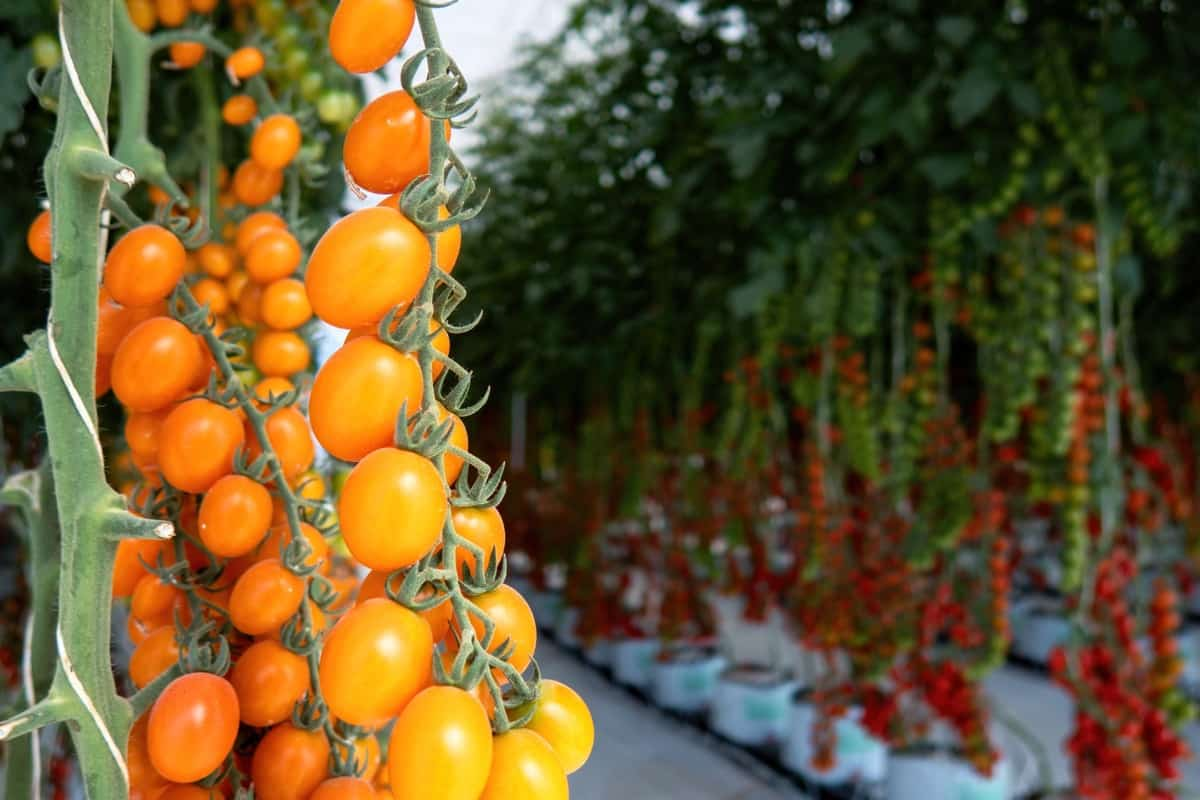
Greenhouse Subsidies and Loans in Jharkhand
Farmers receive subsidies and loans from government agencies to help them start up and operate their greenhouses. Greenhouse farms generally require less labor than traditional farms and generate less waste. As a result, they can be more environmentally friendly than traditional farms.
Several subsidies and loans are available for those interested in starting a greenhouse farm in Jharkhand. These include the Pradhan Mantri Krishi Sinchai Yojana (PMKSY) and the Pradhan Mantri Fasal Bima Yojana (PMFBY). Both programs offer concessional finance rates for farmers committed to using green technology in their farms. Additionally, several private lenders provide loans specifically for greenhouse farming projects.
The availability of subsidies and loans to support greenhouse farming in Jharkhand is important because they allow farmers to purchase equipment and land at reduced costs, increasing their yields and improving their profits. In addition, the government provides loans to farmers to help finance the land and equipment purchased for greenhouse cultivation.
Challenges of Greenhouse Farming in Jharkhand
One of the biggest challenges is land availability. The state has a limited amount of agricultural land, which makes it difficult to scale up the industry. Additionally, there are not many subsidies available for greenhouse farmers, so they have to compete with other agricultural sectors for funding. As a result, greenhouse farmers typically borrow money from banks or other financial institutions to finance their operations.
In case you missed it: Glasshouse Farming: For Increased Yields and Reduced Pesticide Use
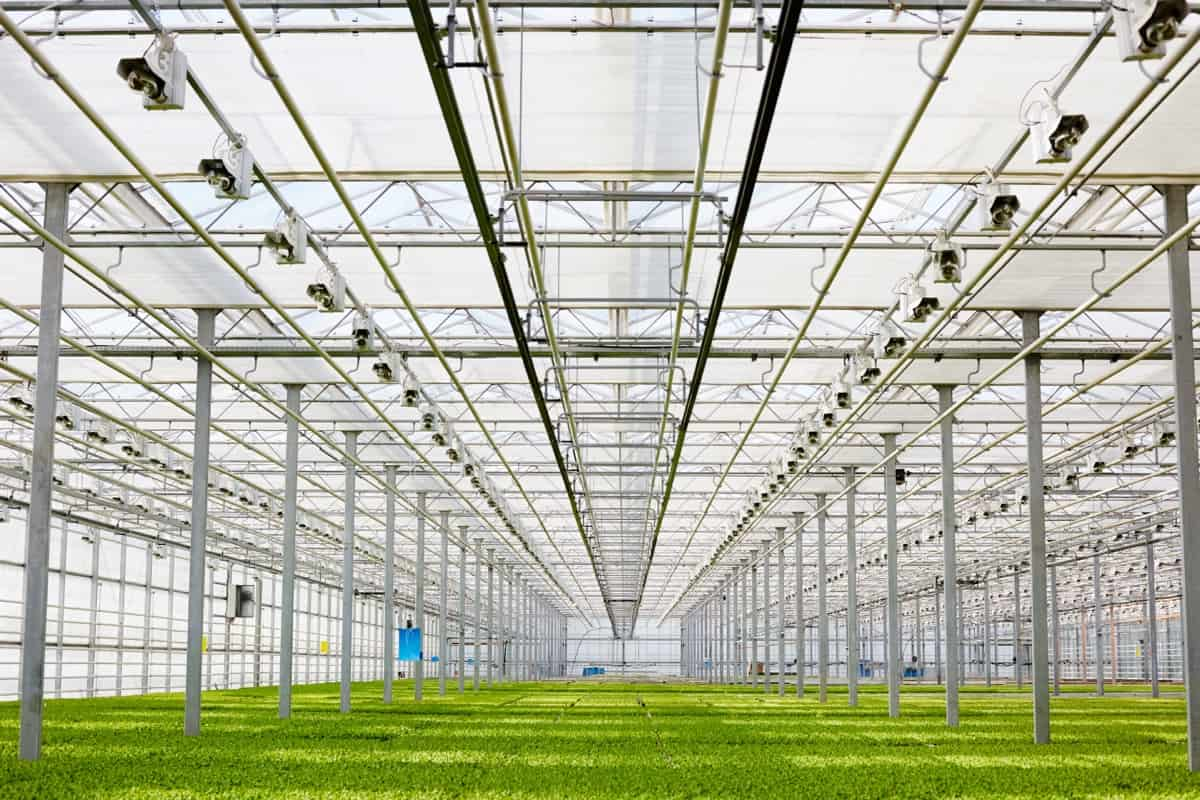
Another challenge is crop cultivation technology. Greenhouse farmers in Jharkhand are often forced to use older technology that may not suit their specific climate and soil type. This can lead to low yields and high costs overall. To overcome these challenges, the state government must support crop cultivation technology and financial resources for greenhouse farmers.
Conclusion
Greenhouse farming is becoming more popular because it is an environmentally friendly way to produce crops. In Jharkhand, greenhouse farming is a popular method to cultivate crops. The state has ample land and a warm climate, making it an ideal place to grow some of India’s most popular vegetables and fruits.
- Types of Pesticides Used in Agriculture: A Beginner’s Guide
- Economical Aquaculture: A Guide to Low-Budget Fish Farming
- 15 Common Planting Errors That Can Doom Your Fruit Trees
- How to Make Houseplants Bushy: Effective Tips and Ideas
- Innovative Strategies for Boosting Coconut Pollination and Yield
- Pollination Strategies for Maximum Pumpkin Yield
- The Complete Guide to Chicken Fattening: Strategies for Maximum Growth
- Natural Solutions for Tulip Problems: 100% Effective Remedies for Leaf and Bulb-Related Issues
- Revolutionizing Citrus Preservation: Towards a Healthier, Greener Future
- Natural Solutions for Peony Leaf and Flower Problems: 100% Effective Remedies
- Maximizing Profits with Avocado Contract Farming in India: A Comprehensive Guide
- Natural Solutions for Hydrangea Problems: 100% Effective Remedies for Leaf and Flowers
- The Ultimate Guide to Choosing the Perfect Foliage Friend: Bringing Life Indoors
- From Sunlight to Sustainability: 15 Ways to Use Solar Technology in Agriculture
- The Ultimate Guide to Dong Tao Chicken: Exploring from History to Raising
- The Eco-Friendly Makeover: How to Convert Your Unused Swimming Pool into a Fish Pond
- Mastering the Art of Delaware Chicken Farming: Essentials for Healthy Backyard Flocks
- 20 Best Homemade Fertilizers for Money Plant: DIY Recipes and Application Methods
- How to Craft a Comprehensive Free-Range Chicken Farming Business Plan
- Brighten Your Flock: Raising Easter Egger Chickens for Beauty and Bounty
- How to Optimize Your Poultry Egg Farm Business Plan with These Strategies
- Subsidy for Spirulina Cultivation: How Indian Government Schemes Encouraging Spirulina Farmers
- Ultimate Guide to Raising Dominique Chickens: Breeding, Feeding, Egg-Production, and Care
- Mastering the Art of Raising Jersey Giant Chickens: Care, Feeding, and More
- Ultimate Guide to Raising Legbar Chickens: Breeding, Farming Practices, Diet, Egg-Production
- How to Raise Welsummer Chickens: A Comprehensive Guide for Beginners
- How to Protect Indoor Plants in Winter: A Comprehensive Guide
- Ultimate Guide to Grow Bag Gardening: Tips, Tricks, and Planting Ideas for Urban Gardeners
- Guide to Lotus Cultivation: How to Propagate, Plant, Grow, Care, Cost, and Profit
- Agriculture Drone Subsidy Scheme: Government Kisan Subsidy, License, and How to Apply Online
- Ultimate Guide to Raising Araucana Chickens: Breed Profile, Farming Economics, Diet, and Care
- Bringing Hydroponics to Classroom: Importance, Benefits of Learning for School Students
- Ultimate Guide to Raising Polish Chickens: Breed Profile, Farming Economics, Diet, and Care
- Ultimate Guide to Raising Australorp Chickens: Profile, Farming Economics, Egg Production, Diet, and Care
- Silkie Chicken Farming: Raising Practices, Varieties, Egg Production, Diet, and Care
- Sussex Chicken Farming: Raising Practices, Varieties, Egg Production, Diet and Care